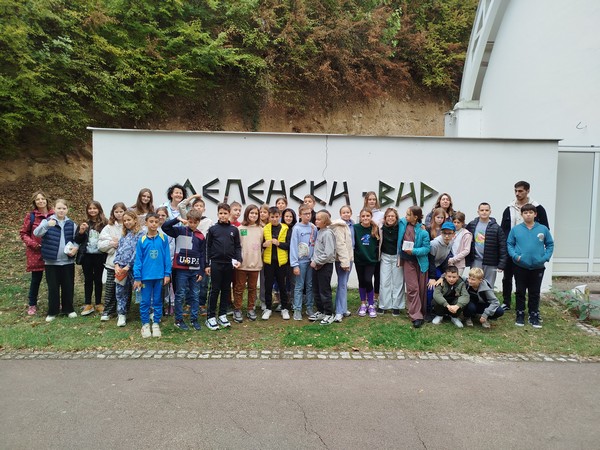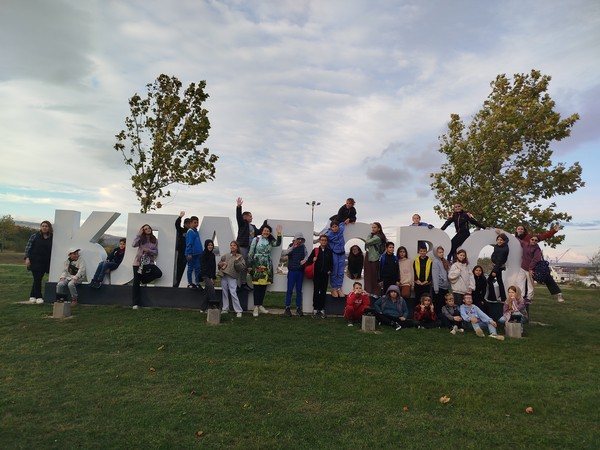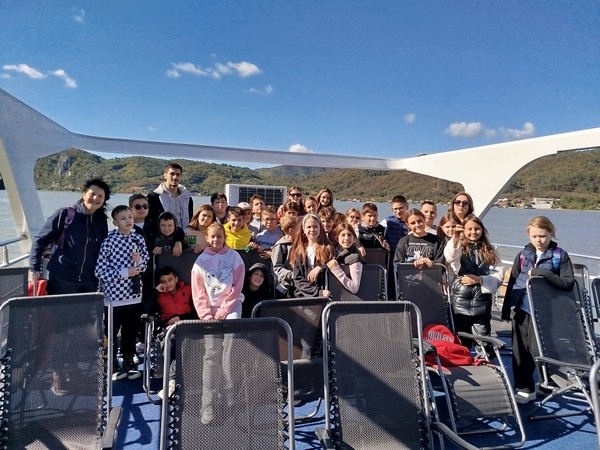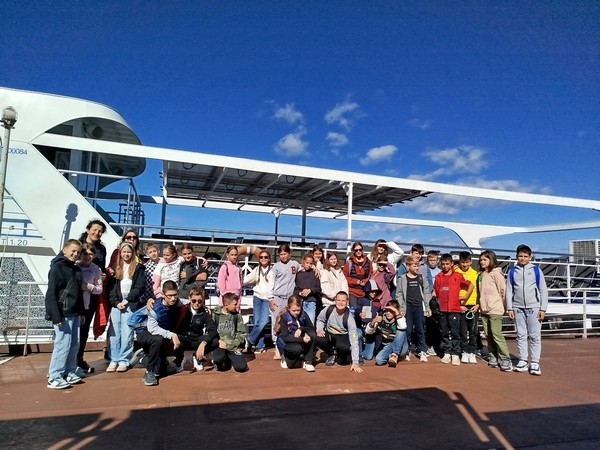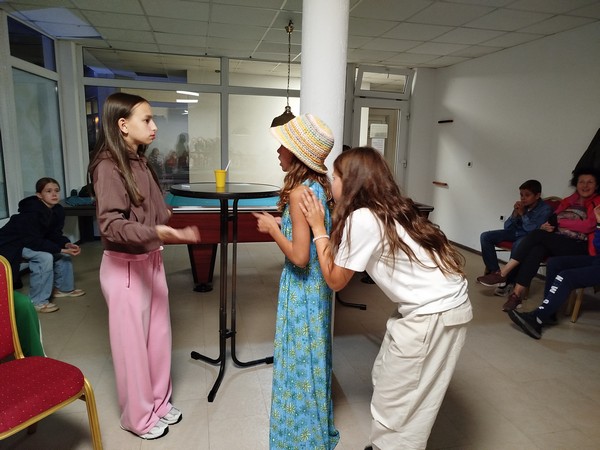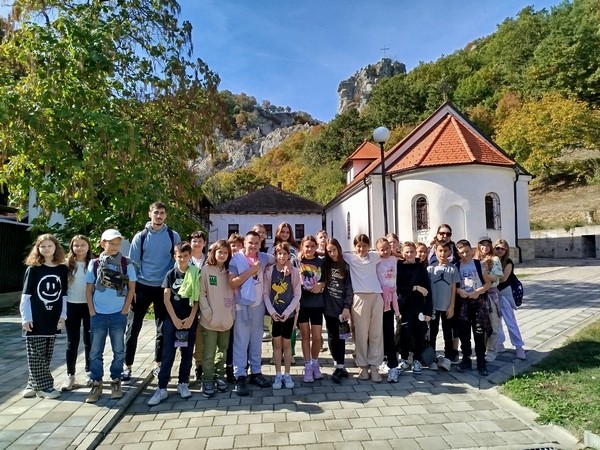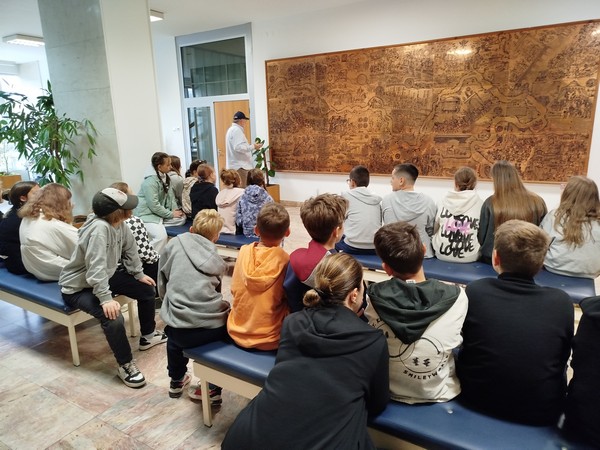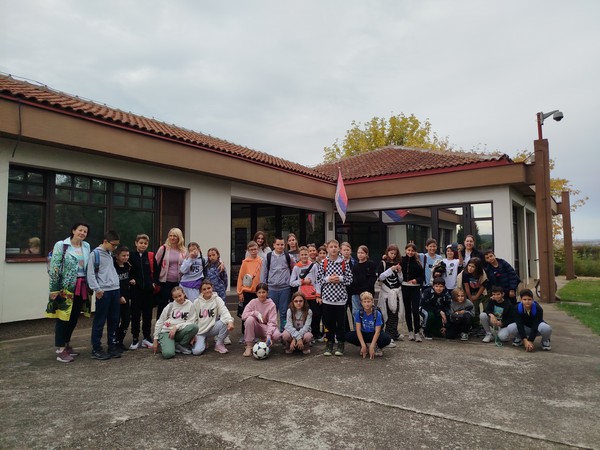Class trip to Kladovo (Grade 6)
On a crisp October morning, Grades 6A and 6B embarked on a class trip to Kladovo. Our journey through the Djerdap Gorge began with a visit to the spectacular archaeological site of Lepenski Vir, revealing remnants of one of the oldest Stone Age cultures. Discovered in the 1960s by renowned archaeologist Prof. Dragoslav Srejović, Lepenski Vir dates back over 10,000 years BCE. Visitors can explore stone fish-like sculptures, jewelry, tools made from bone and stone, and engraved stone slabs with ancient symbols, possibly representing early forms of writing.
Kladovo welcomed us with a gentle breeze from the Danube and warm smiles from locals. Sailing through the Djerdap Gorge, passing through the Small and Great Kazan, we saw Decebalus’s head carved into a Romanian cliff and Trajan’s plaque on our side of the Danube. We learned about the Danube’s deepest and narrowest points along its entire course.
The next day, we explored one of the greatest attractions of the Negotin region—Vratna Gates, towering stone arches remnants of ancient caves. These stone gates are rare worldwide, with three found in the Vratna River valley, accessible only to the most determined hikers. After a challenging hike, we rested in the courtyard of Vratna Monastery.
During our visit to the Djerdap Hydroelectric Power Plant, we learned about its construction in collaboration with Romania, producing significant electricity since 1972 for our country’s needs and regulating Danube traffic with locks.
Our next stop was Fetislam Fortress, a significant monument from the Turkish rule era. Built in 1524 during the reign of Sultan Suleiman the Magnificent, the fortress comprises two sections, Small and Great Towns, constructed in different periods. The name Fetislam translates to “Gate of Peace” or “Gate of Islam,” and it witnessed several sieges, including by the Austro-Hungarians and briefly by Serbian rebels during the First Serbian Uprising. Finally, in 1867, Fetislam Fortress and four others housing Turkish troops (Kalemegdan, Smederevo, Užice, Soko, and Šabac) were surrendered to Serbian Prince Mihailo Obrenović, marking the official departure of Turkish soldiers from the territory of the Serbian Principality.
On our last day, we visited Felix Romuliana, also known as Gamzigrad, the magnificent palace of Roman Emperor Galerius near Zaječar. Since 2007, it has been listed as a UNESCO World Heritage Site. Particularly renowned are the floor mosaics, some of which we saw on-site and in the Zaječar City Museum, which we also visited.
The trip was made even more unforgettable with bonding, outdoor sports activities, swimming, film screenings, masquerade, talent show, and ‘shiz-friz’ evening. We’ve seen, heard, and learned so much on this class trip and can’t wait to discover where our next journey will take us next year.
Grades 6A and 6B

